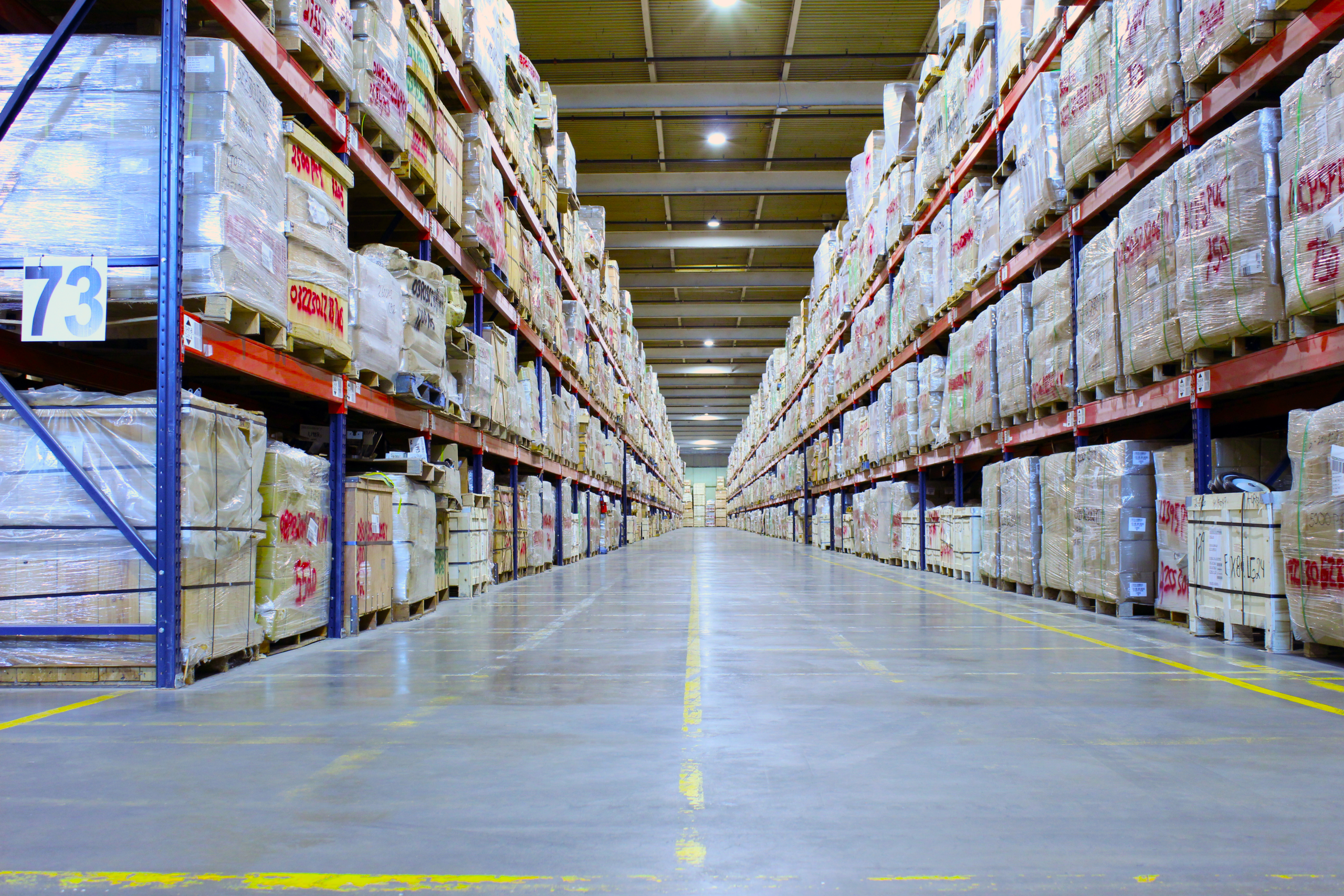The US has introduced a 25% tariff on all steel and aluminum imports from around the world. In response, Canada and the EU have announced new tariffs on US goods worth billions of dollars, stoking fears of a global trade war.
President Donald Trump has threatened to impose a 200% tariff on alcohol from EU countries unless the bloc scraps its “nasty 50% tariff on whisky”. Trump has already imposed 25% tariffs on other imports from Mexico and Canada – with some exemptions – and a 20% levy on Chinese goods.
What are tariffs and how do they work?
Tariffs are taxes charged on goods imported from other countries. The companies that bring the foreign goods into the country pay the tax to the government. Typically, tariffs are a percentage of a product’s value. A 20% tariff on Chinese goods means a product worth $10 (£7.76) has an additional $2 charge. Firms may choose to pass on some or all of the cost of tariffs to customers.
The US has typically charged lower tariffs on goods than other countries. Economists fear Trump’s new taxes – and the further tariffs on foreign imports that he has suggested may start on 2 April – could lead to a sharp increase in the prices consumers pay in the US and around the globe.
Why is Trump using tariffs?
Tariffs are a central part of Trump’s overall economic vision. He says tariffs will boost US manufacturing and protect jobs, raising tax revenue and growing the domestic economy. He also wants to restore America’s trade balance with its foreign partners – reducing the gap that exists between how much the US imports from and exports to individual countries. But he has refused to rule out the prospect of a recession as a result of his trade policies, which sent US stocks sharply down in the days before the metal tariffs took effect.
US Commerce Secretary Howard Lutnick later said the tariffs were “worth it” even if they did lead to an economic downturn. Trump’s tariffs initially targeted goods from China, Mexico and Canada. These accounted for more than 40% of imports into the US in 2024.
But Trump has accused the three countries of not doing enough to end the flow of migrants and illegal drugs such as fentanyl into the US.
All three countries have rejected the accusations.
- Trump’s tariffs risk economic turbulence – and voter backlash
- Faisal Islam: Trump is no longer swayed by the stock markets
- Is the US really heading into a recession?
How do the steel and aluminum tariffs work?
The 25% tariffs on all US imports of steel and aluminum began on 12 March. The US buys more steel than any other country – with Canada, Brazil and Mexico its top three suppliers.
Jennifer Clarke
BBC News








